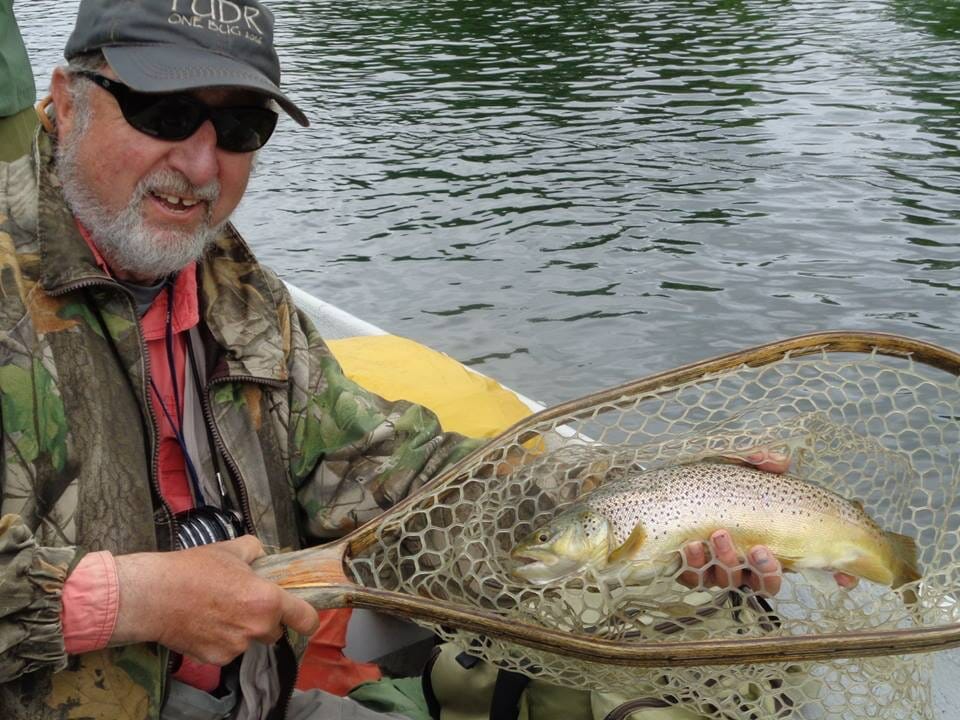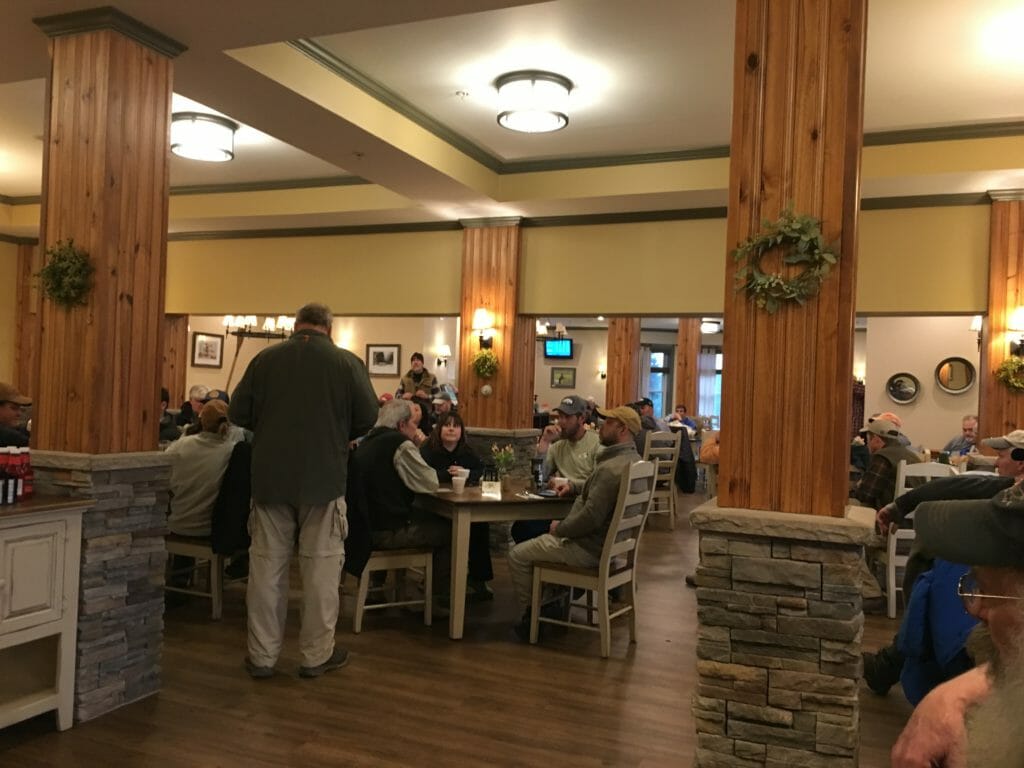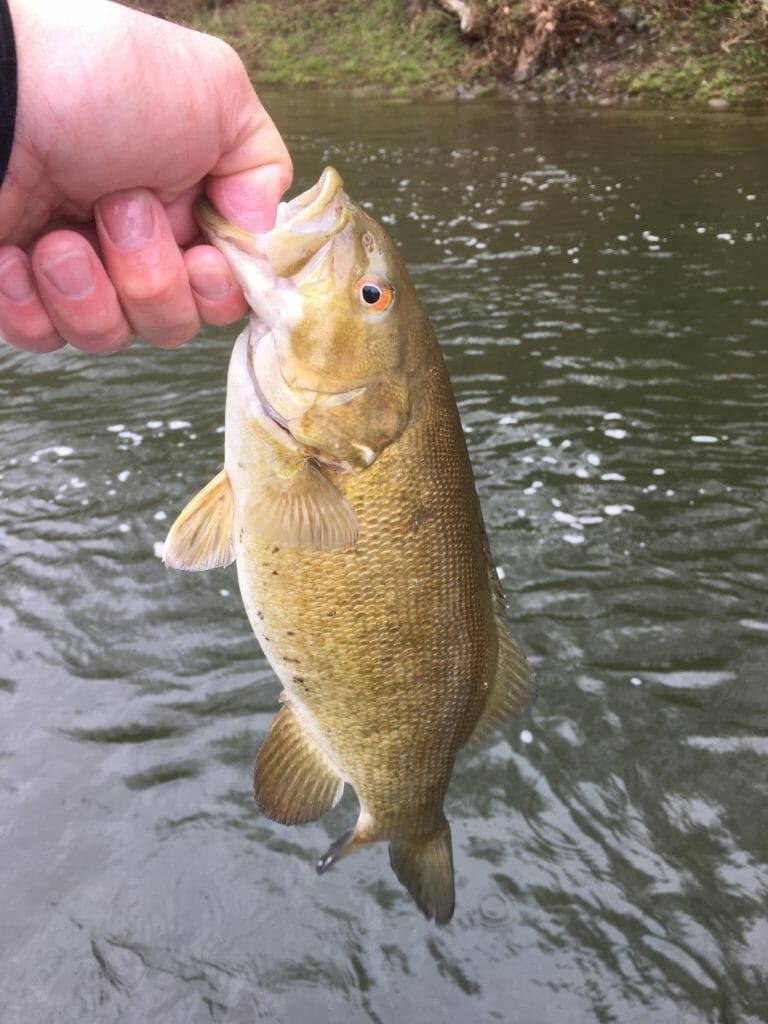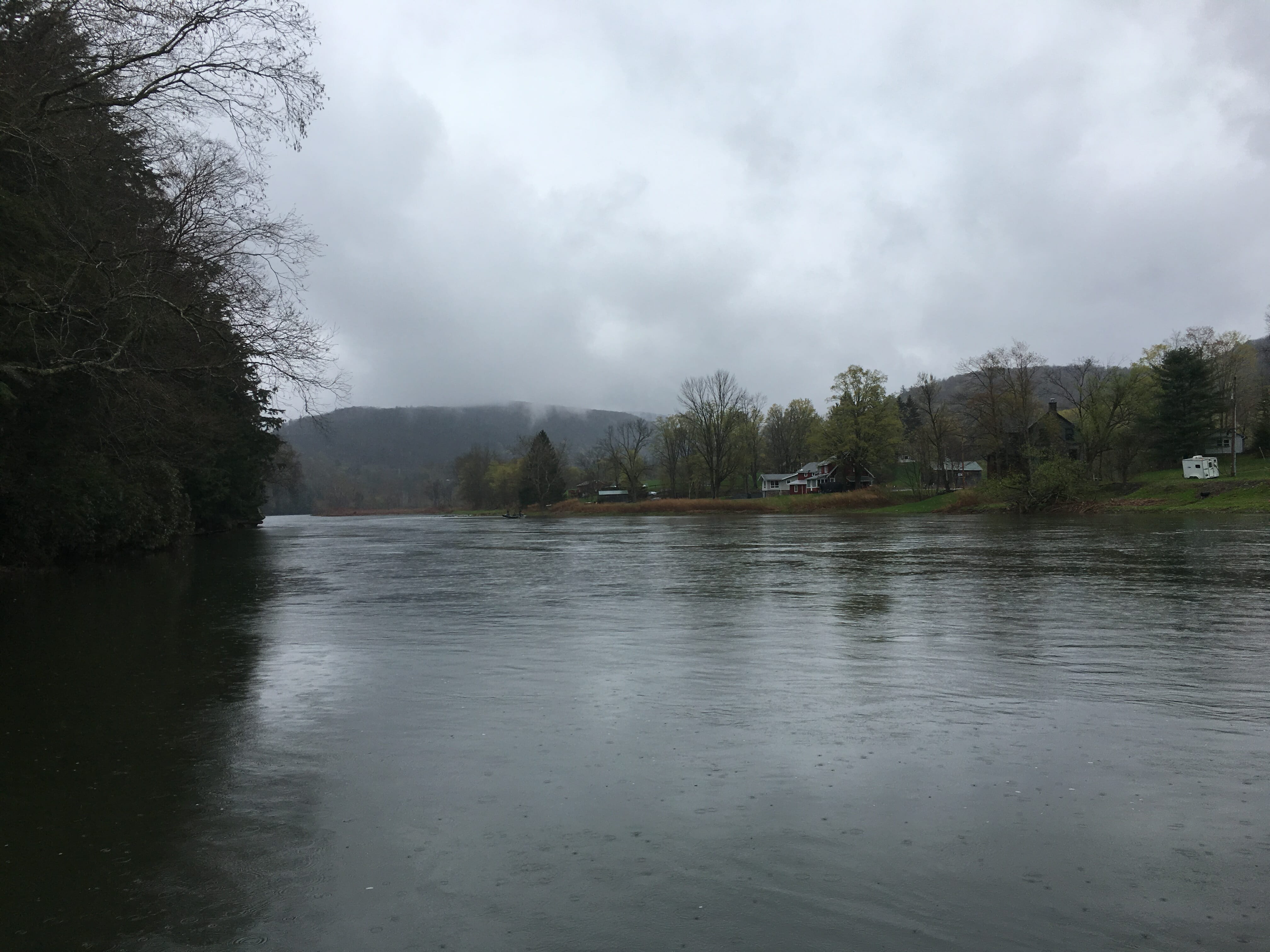The Upper D could be the heartbeat of the region’s economy
Lee Hartman showed up in 1973, a decade after the Cannonsville Reservoir went into service on the West Branch of the Upper Delaware River to help supply water to New York City.
Lee’s habit was to take a few days every year, and mark a space on the map to camp and fish for trout. His wall map of Pennsylvania and New York was filled with push pins. Until then, the Upper Delaware remained blank.

Lee stopped at Pete and Lovey’s Tavern (now MicBree’s) on the Pennsylvania side of the Upper Delaware. He had a beer and asked where he might camp for the evening. The bartender pointed him toward a farmhouse on the hill.
“The stocky, overall-clad dairy farmer didn’t miss a beat when I asked him if we could camp by the river for the night. ‘Sure can,’ he said. ‘Just give me two bucks and you can drive through the pasture and park next to the maple trees below the river junction,” Lee said. “If you are here to fish you ain’t goin’ to catch nothin’ but damn trout. Ever since they put in those damn reservoirs the bass and bullheads have all but disappeared.’
“Our jaws dropped as we gaped at each other like two kids in a candy store,” Lee said. “Without another word we gave the man two bucks.”
On his second cast, Lee caught a football sized trout. His two-day vacation turned into a week. And then a lifetime.
Lee told me this over breakfast on the second day of the One Bug, a trout fishing tournament to benefit the Friends of the Upper Delaware River. Lee has birddogged Upper Delaware issues for the Pennsylvania Council of Trout Unlimited for decades, and co-founded FUDR in 2004. Greg Case, a great angler and board member of the One Fly Foundation, which runs a similar tournament in Jackson, Wyoming, was my teammate.

With a few marginal changes, the Upper Delaware would be one of the finest wild trout fisheries in the East—if not the country. Its flows are governed by a Supreme Court decision in 1954 that allowed New York City to divert water from the river for its residents, but also required that minimum river flows be met 85 miles south in Montague, N.J.
As Lee discovered, an unintended consequence of meeting New York City’s water supply needs was the creation of an awesome wild trout fishery. Unfortunately, the water releases from the Delaware reservoirs are not always sufficient to protect trout through the hot summer months on the Upper Delaware.
A century ago, many of the communities in the upper Delaware region were dependent on timber or stone or the production of other commodities. The cold water, and trout that followed the dams, provide them a rare opportunity to remain resource dependent—but dependent on the river, and fishing and tourism.
The same story plays out in hundreds if not thousands of communities around the country. All that separates the Upper Delaware from becoming a destination fishery—not just for people in the region, but for people around the world—is an agreement by the surrounding states and New York City to allow a small amount of water to keep trout happy in the summer and to stop the practice of running the river like a yo-yo with roaring flows to trickling in a span of a day.

I fished the One Bug, and am embarrassed to admit that in two days I didn’t catch a trout. Greg did catch a few trout, and we both likely led all anglers in catching smallmouth bass.
With a small assist from New York City and its neighbors, the Upper Delaware could become the antidote to the well-worn story of formerly resource dependent communities in decline. The question is will they step up?



